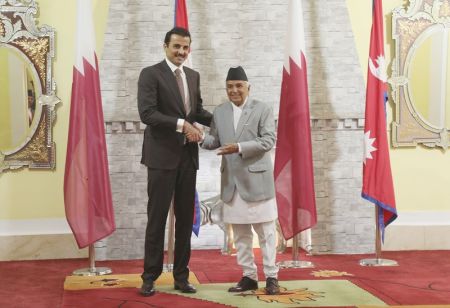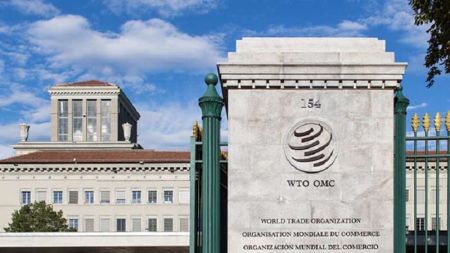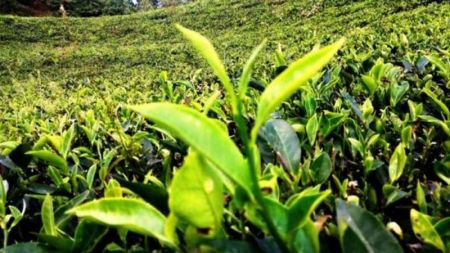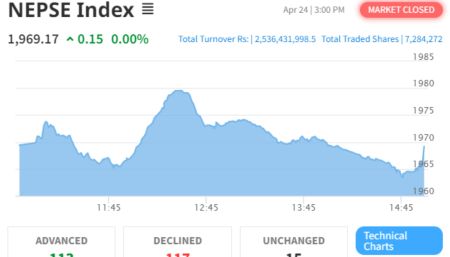--By TC Correspondent
History of Silver jewellery
Nepal has a long tradition of craftsmanship in many forms like wood carving, metal craft, stone carving and, working silver and gold into exquisite pieces of jewellery. The manufacture of jewellery in Nepal is wide spread throughout the country since time immemorial. The production of jewellery is labour intensive industry that was based on caste and cultural heritage. It was traditionally confined only to the Newari Shakya and Sunar families, but nowadays, other castes are also equally involved in this occupation. The local demand of jewellery has traditionally confined to social and religious occasions and other ritual ceremonies. The arrival of foreign tourist has led to the mingling of the traditional heritage with modern foreign market taste. The filigree cuttings have made Nepali silver jewelleries peerless. The handmade production process has made it possible to spread over rural areas benefiting the rural mass.
Present scenario
Once the poor second cousin of gold, silver jewellery has become a cool, contemporary style icon in its own right. “The skyrocketing price of the yellow metal people from various walks of life are getting more attracted to the cheaper yet stylish silver jewelleries,” said former president of Federation of Nepal Gold and Silver Dealers’ Association Tej Ratna Shakya. According to him, on an average around 100-150 kilos of silver is traded daily in the local market. Apart from the jewellery, the silver utensils are also on high demand due to the influence of Indian culture,” Shakya said. He also added that the trading of silver products is increasing remarkably in the local market and the situation is improving in the international market too. Silver is used mainly in household and industrial purpose. However the trend of silver jewellery is also catching among youths here who are more attracted to silver bracelets, rings, earrings, bangles and pendants as their fashion statements.
 |
| Customers purchasing silver ornaments at Silver Palace, New Road. Photos: Rukesh Shrestha/TC |
International Market Trend
Following the laboratory certification system for the silver articles, the export of silver article is gradually moving ahead in the international market. “Now we do not have problems while exporting silver products in the European market which is the major buyer of the product,” said Shakya. However the government must actively look for upgrading the existing certification method. Nepali Silver Jewellery is one of the major overseas export products next to other handicraft products of the country. The number of the export markets of this product has crossed 30 out of which, USA, UK, Canada, Germany, Japan, France, Italy and Australia are the
leading ones.
Now Certified
Introduction of quality testing certification for Nepali silver jewellery has averted possible ban for the products in European market on charges of having traces of restricted chemical ‘Cadmium’ in them. The certification system that tests any silver product for this chemical and certifies it as quality product of the country has once again brought charm to silver products in the local and the international market.
“The export of silver jewellery that was about to get ban in the European country has finally received a relief as now we have a proper certification system, which certifies the purity of the product,” said Shakya. Earlier the European Union was mulling on banning the import of Nepali silver jewellery if the exporters failed to certify that the products were free of cadmium. Cadmium is a known carcinogenic substance and various studies have concluded that it is toxic. Long-term contact of it can cause kidney and bone damage. According to the silver exporters now only 0.01 per cent cadmium is allowed in the exportable silver products.
 Initiative of Government
Initiative of Government The Nepal Trade Integration Strategy (NTIS) 2010, put in place by the Ministry of Commerce and Supplies has prioritised 19 goods and services (7 agro-food products, 5 craft and industrial goods and 7 services) for export promotion in the next three to five years. Silver jewellery is one of the five craft and industrial goods on this priority list. German International Cooperation (GIZ) is one of those development partners, which have been supporting the government in implementing NTIS 2010. In consultation with MoCS, it has chosen two of the 19 products and services prioritized by NTIS 2010, namely medicinal and aromatic plants (MAPS)/essential oils and silver jewellery, to help enhance their exports.
Facts about Silver jewellery
Nepal’s world market share of silver jewellery exports is about 0.2 percent. In the past few years, exports have been fairly stable and prospect for future export is generally seen as very good. Production costs are competitive and workers are readily available. Most major markets grant duty-free access to Nepali silver jewellery. There are also no any non-tariff barriers (NTBs) hindering exports of silver jewellery from Nepal, except that use of cadmium has resulted in ban of some items entering European markets.
Firms and companies involved in jewellery production and export are owned by private entrepreneurs and operate as small-scale/cottage producers. Firms normally outsource jewellery production to individual craftsmen who have in-house workshops. Annual production of silver jewellery in Nepal is 15 to 20 metric tons (MT) while the annual production capacity is estimated at 50 M. Silver jewellery is fully handmade in Nepal. Productivity and quality can be improved if production were further mechanized.
Monthly salaries of skilled workers in the silver jewellery sector is around US$100, which is less than that in competing countries such as India and Thailand. Almost all silver and 95 percent of gemstones and semiprecious stones required for jewellery are imported from India, Brazil, Thailand, Pakistan and Sri Lanka, and distributed by local importers.
According to the Nepal Trade Integration Strategy 2010 almost half of the total production of silver jewellery produced in Nepal is supplied to the domestic market and the rest is exported. However, even those supplied to the domestic market are usually exported later either through resale to tourists or through informal exports. Poor business environment in the country has encouraged informal trade in substantial quantity.





















